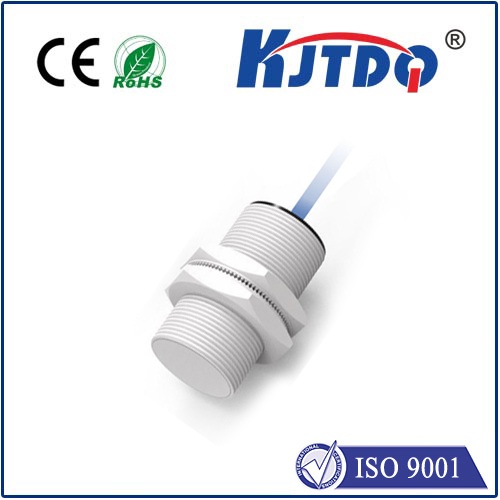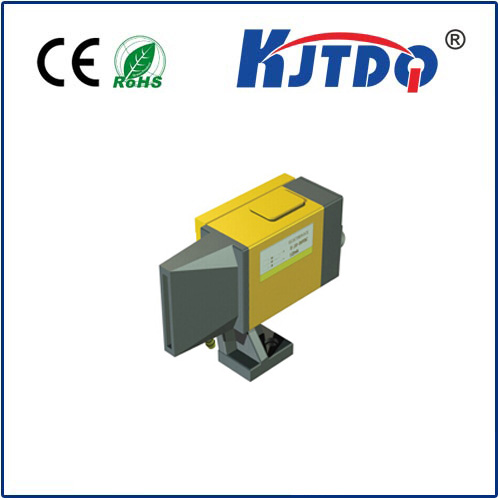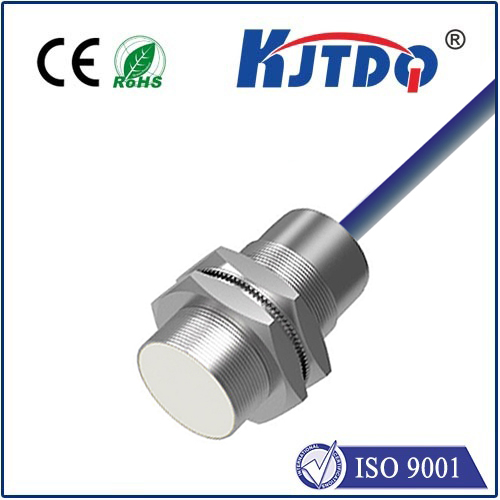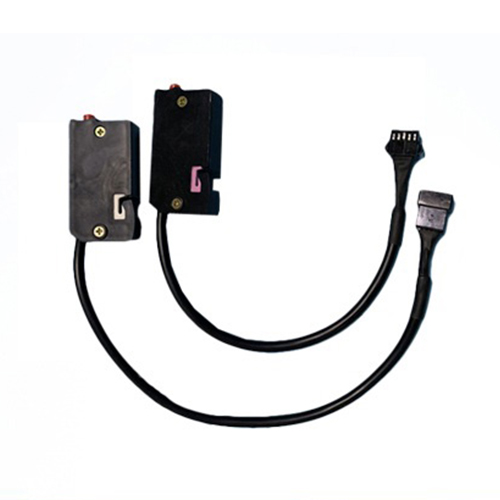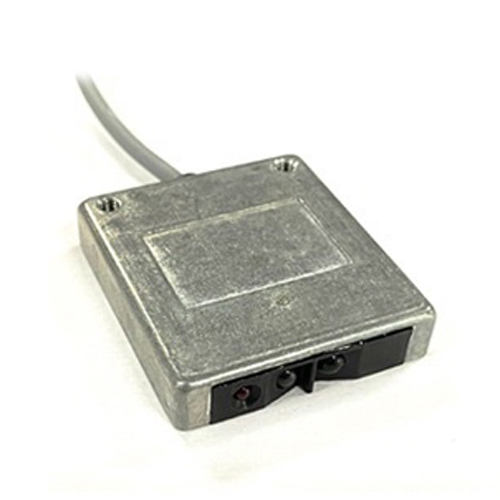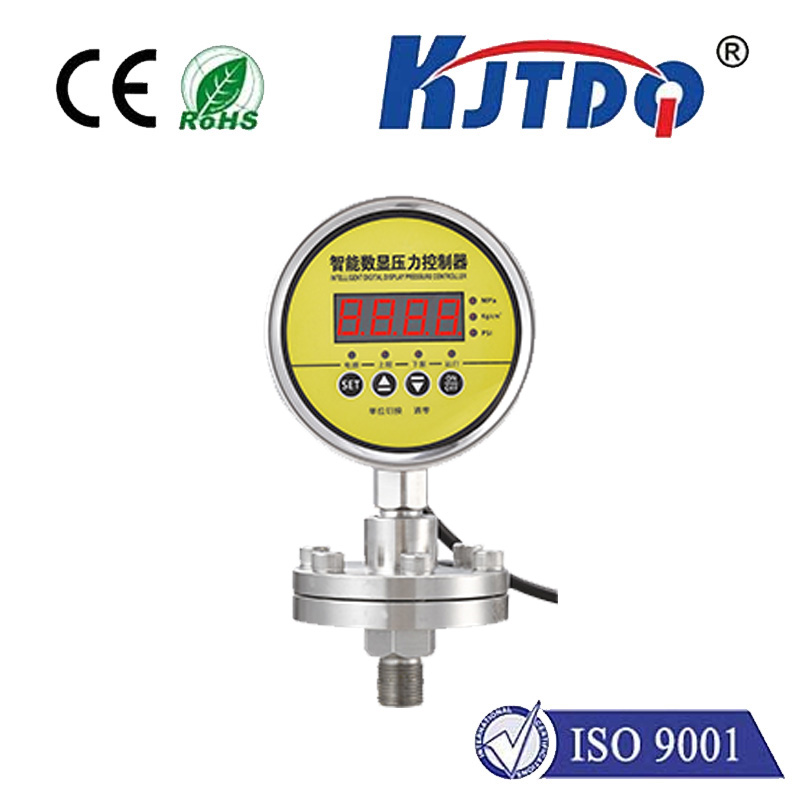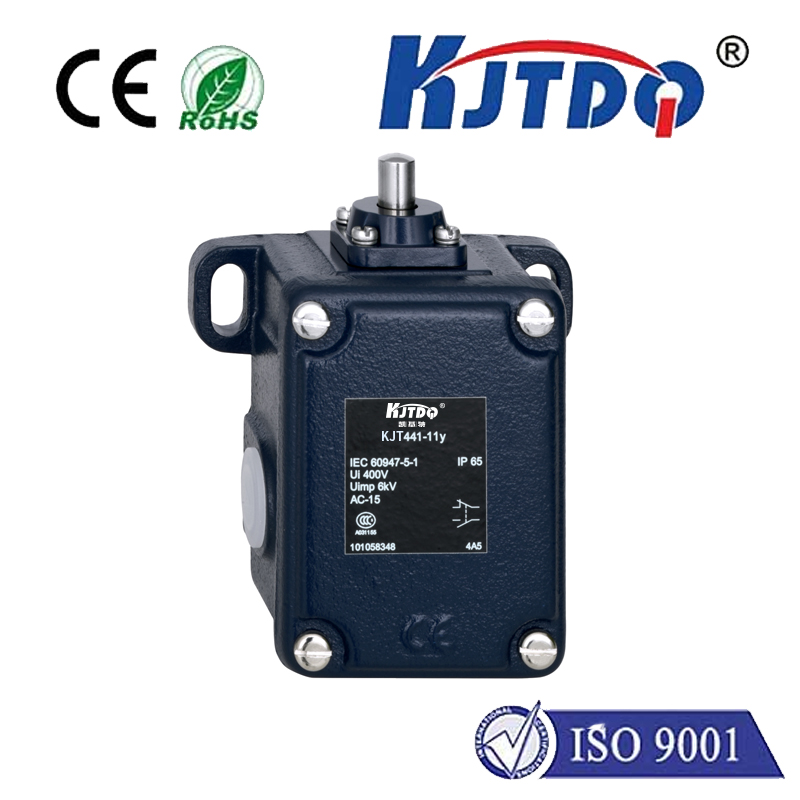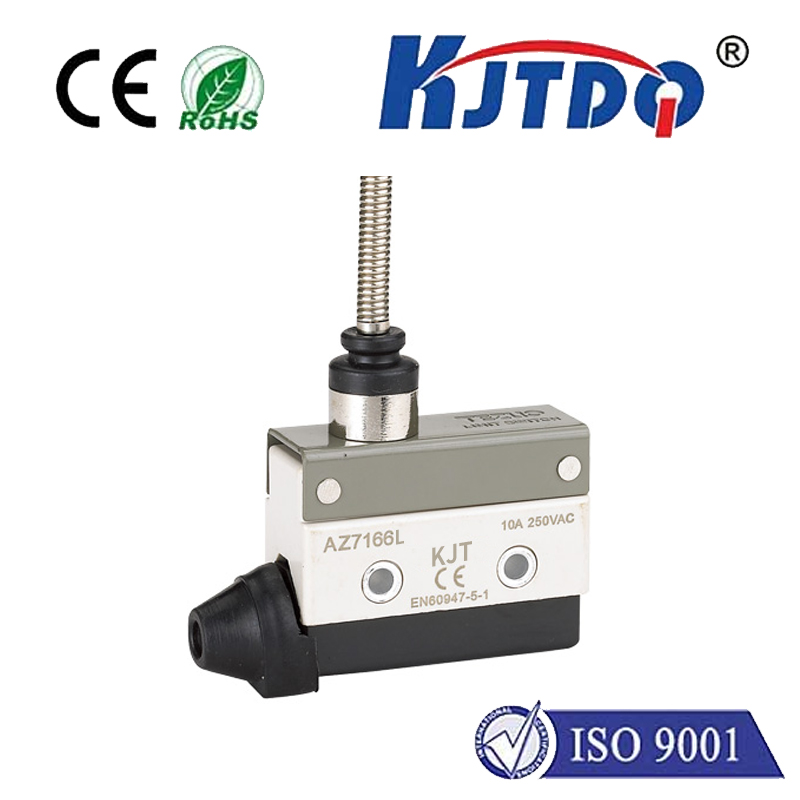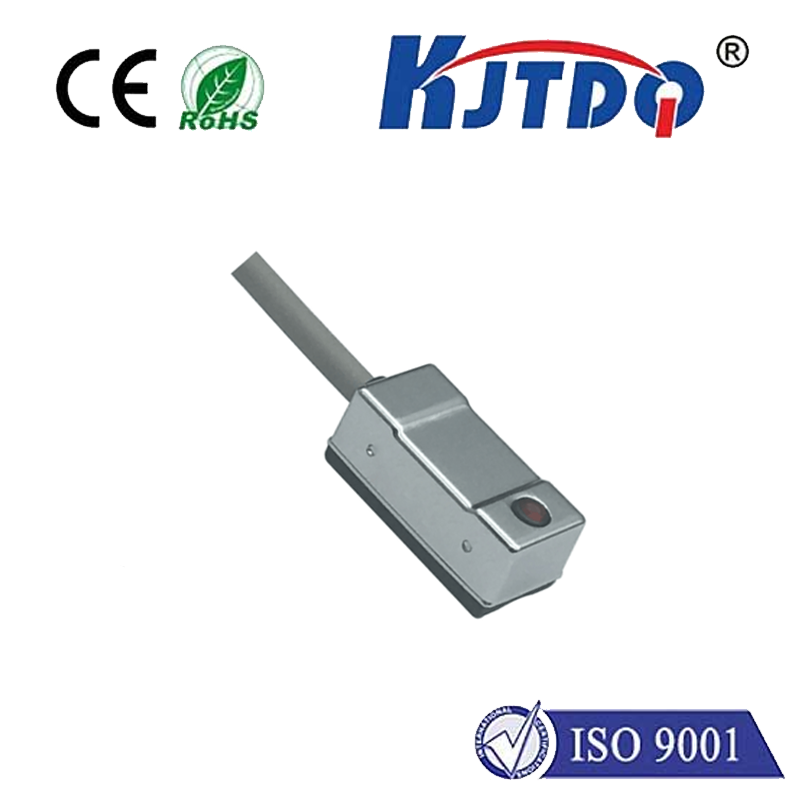low pressure sensor
- time:2025-08-19 11:06:29
- Нажмите:0
Low Pressure Sensors: Mastering Measurement at the Meticulous Margins
Invisible forces shape our world. From the gentle breath sustaining life to atmospheric shifts predicting storms, measuring subtle pressure differences holds immense importance. Enter the low pressure sensor – a sophisticated device engineered to detect and quantify pressures significantly below atmospheric pressure or measure incredibly small positive or negative pressure differentials. Understanding how these critical components function and where they excel is vital for engineers, technicians, and innovators across countless industries. This article delves into the precise world of low pressure measurement, exploring its principles, diverse applications, and key considerations for optimal implementation.
Why Measure the Minuscule?
Pressure sensors are ubiquitous, but standard models often lack the finesse required for ultra-low ranges. Imagine needing to measure the delicate pressure drop across a medical ventilator filter to ensure patient safety, monitor the minute vacuum level in semiconductor fabrication for flawless chip production, or track subtle barometric changes for hyper-local weather forecasting. These scenarios demand sensors capable of discerning changes measured in fractions of a Pascal (Pa), inches of water column (inH₂O), or millibars (mbar). Low pressure sensors provide this essential precision where standard gauges fail.
Peering Inside: How Low Pressure Sensors Work

The core challenge lies in converting minuscule mechanical forces caused by low pressure into a reliable electrical signal. Several transduction principles are employed, each with strengths for specific low-pressure niches:
- Piezoresistive: The most common principle. These sensors use a thin diaphragm that deforms under pressure. Strain gauges (often arranged in a Wheatstone bridge configuration) embedded within or on the diaphragm change their electrical resistance proportionally to the strain. Micromachining (MEMS) technology enables the creation of incredibly sensitive and miniature piezoresistive sensors ideal for low pressure applications.
- Capacitive: These sensors measure the change in capacitance between a movable diaphragm and a fixed electrode as pressure deflects the diaphragm. Known for high sensitivity and resolution at low pressures, capacitive sensors are inherently stable and offer excellent long-term accuracy. They are often used in demanding analytical and vacuum applications.
- Piezoelectric: Generate a voltage proportional to applied mechanical stress. While excellent for dynamic pressure changes, they are less suitable for measuring static pressures very accurately at extremely low levels but find use in specific industrial contexts monitoring pressure fluctuations. Resonant sensors, where pressure changes alter the resonant frequency of a vibrating element, offer very high resolution and stability but are typically more complex and expensive.
- Thermal (Convection/Pirani): Often used for vacuum measurement. Pirani gauges measure the change in thermal conductivity of the gas as pressure changes, by monitoring the cooling effect on a heated wire filament. They excel in rough to medium vacuum ranges.
Where Precision Matters: Key Applications
The unique capabilities of low pressure sensors make them indispensable in fields demanding exceptional accuracy and reliability:
- Medical & Life Sciences: Crucial in ventilators, CPAP machines, anesthesia delivery systems, dialysis equipment, and laboratory instrumentation for monitoring gas flows, filter status, and precise pressure control. Patient safety depends on accurate low-pressure readings.
- Industrial Automation & Process Control: Monitoring filter clogging by detecting pressure drops across them, controlling cleanroom environments, leak testing in manufacturing, regulating delicate gas flows in chemical processes, and vacuum level control in packaging, drying, and coating applications. Precision control is impossible without reliable low-pressure data.
- HVAC & Building Management: Measuring differential pressure across filters, monitoring duct static pressure for fan control, ensuring proper room pressurization (e.g., labs, hospitals), and optimizing energy efficiency in complex air handling systems.
- Environmental Monitoring: Barometric pressure sensors (a specific type of low-pressure sensor relative to vacuum) for weather stations, altitude measurement, and climate research. Measuring subtle pressure gradients in air or water helps model environmental flows.
- Aerospace & Automotive: Cabin pressure monitoring and control in aircraft, altitude sensing, fuel tank vapor pressure monitoring, engine manifold pressure (especially in turbocharged/supercharged engines at specific operating points), and advanced braking systems.
- Semiconductor Manufacturing: Requires extremely precise vacuum control at various stages of wafer fabrication. MEMS-based capacitive sensors are frequently deployed in these ultra-clean, high-stakes environments.
Selecting and Implementing: Factors for Success
Choosing the right low pressure sensor requires careful consideration beyond just the pressure range:
- Accuracy & Resolution: How close must the reading be to the true value, and what’s the smallest detectable change? Medical and semiconductor applications demand the highest levels.
- Range: Define the minimum and maximum pressures the sensor needs to measure. Overpressure rating is equally critical to prevent damage from accidental spikes.
- Media Compatibility: Ensure sensor materials (wetted parts like the diaphragm and seals) are compatible with the measured gas or liquid to prevent corrosion or contamination.
- Temperature Effects: Temperature variations significantly impact pressure readings. Look for sensors with low Temperature Coefficient of Offset (TCO) and Temperature Coefficient of Span (TCS), or ensure robust temperature compensation is applied. Consider operating and storage temperature ranges.
- Output Signal: Match the sensor’s output (analog voltage/current, digital protocols like I2C, SPI, Modbus) to your system’s requirements.
- Long-Term Stability & Hysteresis: How much will the sensor’s zero-point and span drift over time? How repeatable are readings when pressure is increasing vs. decreasing? Critical for calibration intervals.
- Environmental Conditions: Consider vibration, shock, humidity, and electromagnetic interference (EMI) in the installation environment.
- Pressure Ports & Mounting: Physical connection type (threaded, barbed, flange) and orientation can matter. Ensure proper sealing and avoid stress on the sensor body during installation to maintain accuracy. Zeroing the sensor after installation is often crucial.
Maintaining Peak Performance
Like any precision instrument, low pressure sensors require proper care. Protect them from overpressure events using snubbers or relief valves if necessary. Avoid media condensation or particulate contamination. Adhere to recommended calibration schedules – traceable calibration ensures measured values remain accurate and reliable over time. Environmental factors like ambient temperature shifts can subtly affect readings; proper system design should account for this.
Low pressure sensors are the unsung heroes enabling technological advancements where precision measurement of minimal forces is paramount. From ensuring the next breath a patient takes is perfectly regulated to guaranteeing the integrity of microscopic circuits powering our digital world, their role is fundamental. By understanding their operation, diverse applications, and the nuances of selection and use, engineers can leverage these sophisticated tools to build more reliable, efficient, and innovative solutions across the spectrum of modern technology.

